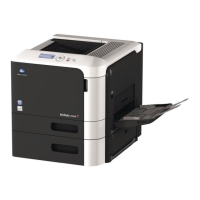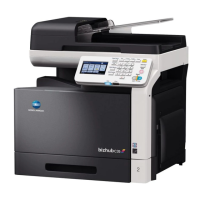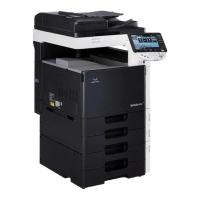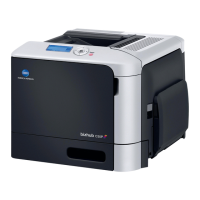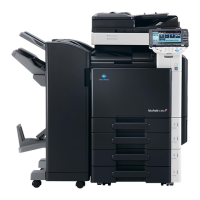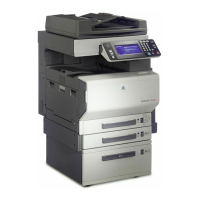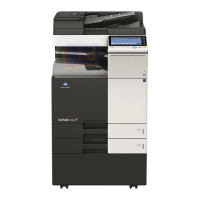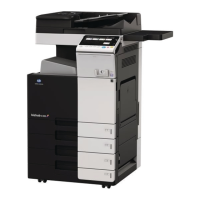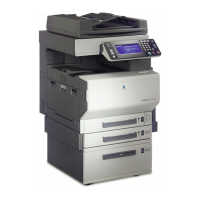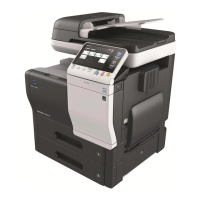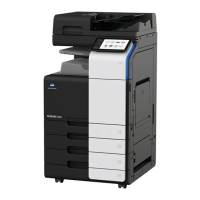6-4 [Quick Start Guide]
Using the print function (Windows environment)
6
6.1
Basic Usage Chapter 6
7 Select the check box of the printer driver you want to install, then click [Next].
% For features of each printer driver, refer to page 6-2.
8 Check the components to be installed, then click [Install].
9 If necessary, change the printer name or print a test page, then click [Finish].
The installation process of the printer driver is then completed.
dReference
When you finish installing the printer driver, configure the default settings of the printer driver. For details, refer
to page 6-7.
6.1.3 Preparation for printing (USB connection)
Changing the installation settings (Windows 7/8/8.1/Server 2008 R2/Server
2012/Server 2012 R2)
If you are using Windows 7/8/8.1/Server 2008 R2/Server 2012/Server 2012 R2, change the computer settings
before installing the printer driver.
1 Open the [Control Panel] window.
% In Windows 8.1, click [ ] in the Start window, then click [Control Panel] - [Hardware and Sound] -
[View devices and printers].
% In Windows 8, right-click the Start window, then click [All apps] - [Control Panel].
% In Windows Server 2012/Server 2012 R2, open the Start window, then click [Control Panel].
% In Windows 7/Server 2008 R2, open the Start menu, then click [Control Panel].
2 Click [System and Security] - [System].
3 Click [Advanced system settings] on the menu in the left-hand pane.
The [System Properties] window appears.
Settings Description
[Review] Displays the installed components for checking.
[Rename Printer] Changes this machine name, if necessary.
[Property] Sets the optional operating environment of this machine.
[Print Setting] Changes the default print settings of this machine, if necessary.
[Print Test page] If necessary, print a test page to check that printing process works correctly.
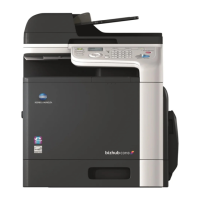
